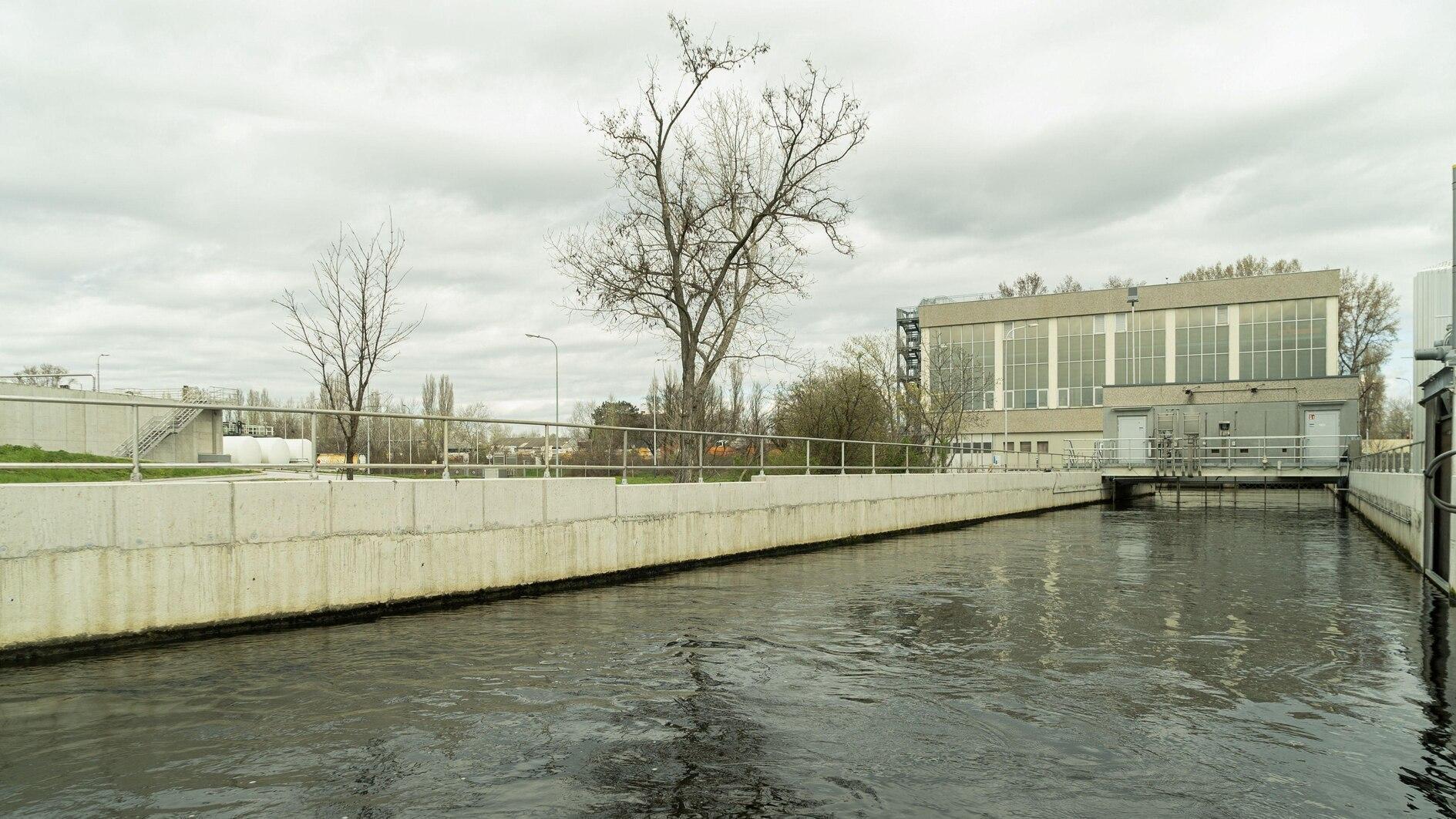Quenching Istanbul’s thirst with aqueducts and cisterns
NIKI GAMM

A reservoir by W.H. Barlett.
Today in Istanbul we cross under the Aqueduct of Valens, but give this ruined, fourth-century structure little thought as we try to navigate traffic. It tells us though that during the Roman period, the city already had a population that exceeded the ability to find its water within its walls. Probably the pre-aqueduct structure in the city was the “tonoz,” a vaulted building designed to protect a spring. It’s still possible to find these today even though they aren’t used. There were also sacred springs or “ayazma,” around which sacred buildings were constructed for the devout in the hopes of a miracle. A further source of water collection was rain water falling off roofs into storage jars and cisterns.The water brought to Istanbul was mostly from dams and reservoirs built in the Belgrade forest to hold water that then would be brought by aqueduct to Eğrikapı (Kaligaria Gate) located on the northwest side of the historic peninsula. From Eğrikapı, the water was piped to tanks at Atpazarı, Yenibahçe and Ayasofya and then further dispersed to palaces, mansions, baths and fountains. The Aqueduct of Valens brought water over 250 kilometers from near the modern town of Vize.

Aqueduct of Bahçeköy by W.H. Barlett.
The aqueduct was an ingeniously clever feat of engineering at which the Romans were particularly good. (They also built superb drainage systems to flush away sewage but we don’t seem to have any Roman examples left in Istanbul.) While we think of aqueducts as bridges carrying water over valleys, the system actually starts with engineers determining the slope between the source and the end point in the city. Classically this meant there should be a gradient of at least one quarter inch for each hundred feet. So the height of intervening hills was important in making the decision to go around them or tunnel through and the depth of any valleys in which there might be streams. If the way around a hill seemed feasible, it was possible to have the water flow with covered trenches, a much easier solution than a tunnel. If there was a stream, then the arcade type of aqueduct such as the Valens Aqueduct would have to be built to allow the water to pass underneath and, if not, then a wall up to a height of five feet could be built instead. Anything above five feet, the engineers would have to build an aqueduct.
The covered trenches were not just easier to build; they protected the water from dust and other foreign elements getting into the system. It also allowed people and animals to travel across them easily rather than providing a barrier. In some instances the water would be channeled into pipes. As the force of gravity would pull the water downhill faster, its speed would push it up the hill on the opposite side to about the same level.
Distributing the water
What we know is that the water that arrived at Eğrikapı would have been kept in a reservoir that connected with chambers in which there were tanks. Each of the tanks connected to separate places around the city. In the Byzantine period, there were five distribution chambers, from which pipes carried water to the city’s cisterns and from there to fountains and palaces. In the Ottoman period a number of stone towers were used to adjust water pressure and flow. (There is one outside the Divan Hotel at Taksim and another at Sultanahmet across from the Byzantine-era Basilica Cistern.) Aqueducts were repaired and extended.
The pipes that carried the water might be made of baked clay or lead although the latter was better since it could handle water under pressure more easily but was also more expensive.
Purifying the water was carried out by moving the water from one tank to another and letting it stand. That way many of the impurities would sink to the bottom before it was piped elsewhere.

Yerebatan Sarayı by T. Allom.
There are anywhere from 158 to as many as 350 Byzantine cisterns and reservoirs in Istanbul. Building a cistern that was either square or rectangular and had very thick walls was no easy task. Suitable land had to be chosen and where the water would be used and how much had to be decided. The floor had to be solid so the water would not seep into the ground. Columns had to be erected to hold up a solid roof consisting, generally, of small cupolas or domes. The walls and ceiling were made of brick over which a cement-like mortar was applied to make them water-tight.
One of the earliest cisterns is the Basilica or Yerebatan Cistern. It was built by Emperor Justinian in 532 A.D. in the aftermath of the Nike Revolt in which many of the buildings in the city were burned down. The cistern’s roof is held up by 335 Corinthian columns that clearly were brought from the ruins of other buildings. It is 10,000 square meters (140 x 70 meters) and features 12 rows of columns by 28, built to provide water for the Great Palace in the vicinity. It can hold 80,000 cubic meters of water.
The cistern subsequently supplied Topkapı Palace with water under the Ottomans. The water came in part from the Aqueduct of Valens and in part from rainfall. It has been conjectured that the water currently entering the structure is leaking from the city’s water pipes. Not far away is the even earlier cistern called Binbir Direk (One Thousand and One) Cistern that dates from the time of the Emperor Constantine in the fourth century A.D. It has 224 columns in an area of 3,584 square meters (64 x 56m).
The cisterns and open-air reservoirs were of particular importance to the Byzantines since the city was frequently surrounded by enemy forces. The water was also useful in fighting the many fires that frequently broke out around the historic peninsula. In later centuries among the Ottomans, however, these structures lost much of their importance because Muslims require running water both for religious practices and drinking. The memory of existing cisterns became lost for the most part, although it was common knowledge that the merchants in some parts of the Grand Bazaar could lower buckets and bring up water and even fish, while 19th-century travel writers spoke of how gloomy and spooky it was to take a boat ride among the columns at the Basilica Cistern.
















